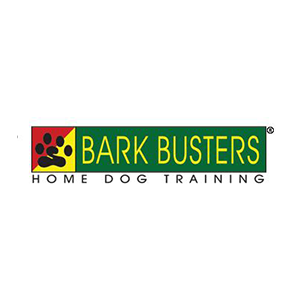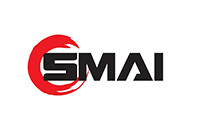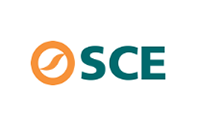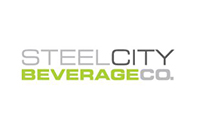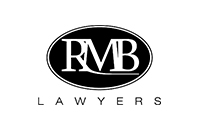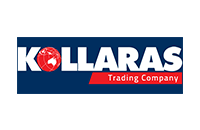Trade Mark Infringement
Registration of a trade mark gives its owner the right to take legal action against someone else who is using the same or similar trade mark in relation to the same or similar goods as those for which the trade mark is registered. Apart from conferring “ownership” of a trade mark on the registered owner, this is the main purpose and characteristic of a trade mark registration.
However, it is for the owner of a trade mark to “police” its trade mark rights and threaten legal action and where necessary take legal action to prevent someone else using a conflicting trade mark. The Trade Marks Office (IP Australia) will not do this for you, nor will they take action to prevent any infringements of your trade mark once they come to light.
Typically, infringement proceedings are commenced by the trade mark owner sending a letter to the person they believe is infringing their registered trade mark. This letter is referred to as a “Cease & Desist” letter.
The Cease & Desist letter should set out the rights that the trade mark owner has in the trade mark, including providing details of any registered trade marks it has. It will then outline the conduct of the addressee of the letter (usually the alleged infringer) concluding that they are infringing and must stop infringing the trade mark – that is, they must cease and desist from using the trade mark.
The Cease & Desist letter will usually request a response from the addressee on or before a set date – anywhere from one to three weeks. It will then conclude with a set of demands, which if not met will result in further action which may include commencement of a Federal Court action.
It is not unusual for the trade mark owner to also send a “Without Prejudice” letter at the same time as the Cease & Desist letter, or at some appropriate later point in the proceedings. The Without Prejudice letter sets out what the trade mark owner is willing to accept as settlement for the infringement, which if accepted, or negotiated, between the parties may be recorded in a Settlement Deed.
The Settlement Deed may require the alleged infringer to pay some financial compensation to the trade mark owner and reimburse it for some of its legal costs incurred in the proceedings, as well as obtaining contractual undertakings from the alleged infringer that it cease the infringing conduct and will not continue to infringe the trade mark.
If the parties cannot resolve their differences, the trade mark owner may then commence trade mark infringement proceedings, usually in the Federal Court. Needless to say, the commencement of such proceedings are costly, as is the cost to defend them. As a claimant (trade mark owner) you can exit the proceedings at any point but will be liable for the respondent’s (alleged infringer) legal costs. As a respondent, you cannot exit the case without the claimant’s agreement, which will is likely to involve payment of damages and legal costs to the claimant in return for a release from the proceedings.
If the matter is not settled it will go to trial, with all the cost and lost management time that is associated with court actions.
It is with infringement proceedings in mind that we register your business’ trade marks. That is, in an infringement action, the respondent (alleged infringer) will often seek to exclude liability by arguing that the trade mark registration is invalid. Accordingly, a counter-claim for invalidity may be raised by the claimant. Any mistakes made at the point of application for registration of the trade mark may come back to haunt the claimant; hence why it is vital to ensure that every step in the path to registration of a trade mark is done in accordance with the Trade Marks Act 1995 (Cth). In some instances this can mean being more strict than the Trade Marks Office.
It is also worth noting that the infringement provisions in the Trade Marks Act 1995 (Cth) are “staged”. That is, if the alleged infringer is using the same or similar trade mark as a trade mark, for the same goods and/or services as those covered by the trade mark registration then no further enquiry is needed to establish infringement. We call this “Bang to Rights” infringement. Other defences may apply, but infringement has at least been established.
However, if the alleged infringer is using the same or similar trade mark as a trade mark, for similar (not the same) goods and/or services as those covered by the trade mark registration then the alleged infringer can escape liability for trade mark infringement if it can show that the allegedly infringing use is not likely to deceive or cause confusion. That is, if the goods and/or services on which the infringing trade mark is used are not the same as those covered by the trade mark registration, then the alleged infringer may be able to escape liability for trade mark infringement.
Therefore the goods and/or services for which you register your trade mark must be carefully considered when you apply to register you trade mark, so as to cover similar goods and/or services to those that you use your trade mark on, so as to sufficiently exclude competitors.
Call us for assistance with INFRINGEMENT today.
Not sure where to start?
We're here to make it easy. Call or email us today.






